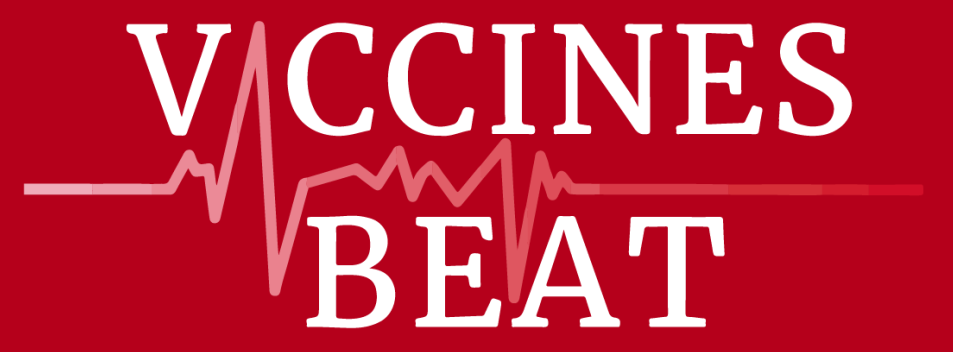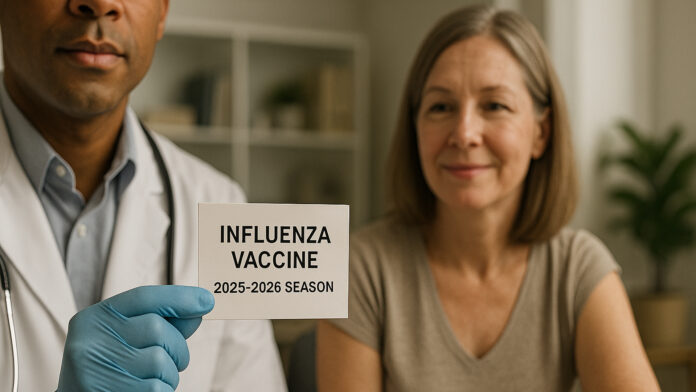Introduction
- Key Strains Since 2009.
Following the 2009 H1N1 pandemic, several influenza strains have established global circulation as seasonal viruses:
- A(H1N1)pdm09: The 2009 pandemic strain transitioned into a seasonal virus and continues to circulate, commonly referred to as seasonal H1N1.
- A(H3N2): A major seasonal strain, characterized by frequent antigenic drift and the emergence of new variants each year.
- Influenza B: Two lineages, B/Yamagata and B/Victoria circulated.
Annual Variability
- Seasonal influenza vaccines are reformulated each year to target the most prevalent strains identified through global surveillance.
- The World Health Organization (WHO) reviews circulating strains and issues vaccine composition recommendations twice annually.
Current Trends
- A(H1N1)pdm09 remains a significant contributor to seasonal influenza activity.
- A(H3N2) and both B lineages continue to evolve, posing challenges for vaccine effectiveness and shaping public health strategies.
2. The decline and potential extinction of Influenza B/Yamagata.
Before the emergence of SARS-CoV-2, the B/Victoria and B/Yamagata influenza virus lineages generally co-circulated, without a consistent pattern of alternation between influenza seasons. B/Yamagata viruses tend to infect adults and older individuals more often than the B/Victoria lineage, which mostly infect children and adolescents.
From 2012 to 2017, B/Yamagata viruses accounted for more global infections than B/Victoria viruses. However, in the two years immediately preceding the COVID-19 pandemic, this trend reversed: the B/Victoria lineage became dominant, with the ratio of B/Yamagata to B/Victoria declining to 1:4.5 in 2018 and 1:19.3 in 2019.
Epidemiological surveillance during the COVID-19 pandemic has shown a marked decline in circulation of the influenza B Yamagata lineage, suggesting a significant shift in the epidemiology of influenza B viruses (IBVs). Multiple factors may underlie this decline, including changes in viral fitness, host immunity profiles, inter-lineage competition, and stochastic fluctuations in transmission. As the virus undergoes repeated antigenic changes, its capacity to efficiently infect hosts and sustain transmission may diminish, contributing to the apparent disappearance of B/Yamagata strains. In addition, competition with other influenza viruses—both the alternate B/Victoria lineage and influenza A subtypes—likely further accelerated this decline, raising the possibility of lineage extinction.
However, declaring the B/Yamagata lineage extinct would be premature. Circulation may currently persist at very low levels, below the detection threshold of existing surveillance systems, or in regions with limited surveillance coverage. This leaves open the possibility of a future resurgence of the B/Yamagata lineage.
As a result, since last year international health authorities—including the WHO, CDC (USA), EMA, and others—have recommended excluding the B/Yamagata lineage from the quadrivalent influenza vaccine. Current guidance supports the use of a trivalent formulation containing A(H1N1)pdm09, A(H3N2), and B/Victoria.
Quadrivalent vaccines, where the transition to trivalent vaccines is not yet complete, contain a 4th component – a B/Yamagata lineage virus (B/Phuket/3073/2013-like virus), however, there will no longer be updated recommendations for the B/Yamagata lineage component.
Current recommendations for Influenza vaccination in the Northern Hemisphere:
WHO:
-Egg-based vaccines:
- an A/Victoria/4897/2022 (H1N1)pdm09-like virus.
- an A/Croatia/10136RV/2023 (H3N2)-like virus.
- a B/Austria/1359417/2021 (B/Victoria lineage)-like virus.
-Cell culture, recombinant protein or nucleic acid-based vaccines:
- an A/Wisconsin/67/2022 (H1N1)pdm09-like virus.
- an A/District of Columbia/27/2023 (H3N2)-like virus.
- a B/Austria/1359417/2021 (B/Victoria lineage)-like virus.
CDC (USA):
-Egg-based vaccines:
- an A/Victoria/4897/2022 (H1N1)pdm09-like virus.
- an A/Croatia/10136RV/2023 (H3N2)-like virus.
- a B/Austria/1359417/2021 (B/Victoria lineage)-like virus
-Cell- or recombinant-based vaccines:
- an A/Wisconsin/67/2022 (H1N1)pdm09-like virus.
- an A/District of Columbia/27/2023 (H3N2)-like virus,
- a B/Austria/1359417/2021 (B/Victoria lineage)-like virus.
EMA:
-Egg-based based vaccines:
- an A/Victoria/4897/2022 (H1N1)pdm09-like virus.
- an A/Croatia/10136RV/2023 (H3N2)-like virus.
- a B/Austria/1359417/2021 (B/Victoria lineage)-like virus.
-Cell-based vaccines:
- an A/Wisconsin/67/2022 (H1N1)pdm09-like virus.
- an A/District of Columbia/27/2023 (H3N2)-like virus.
- a B/Austria/1359417/2021 (B/Victoria lineage)-like virus.
Current recommendations for Influenza vaccination in the Southern Hemisphere
WHO:
– Egg-based vaccines:
- an A/Missouri/11/2025 (H1N1)pdm09-like virus.
- an A/Singapore/GP20238/2024 (H3N2)-like virus.
- a B/Austria/1359417/2021 (B/Victoria lineage)-like virus.
-Cell culture, recombinant protein or nucleic acid-based vaccines:
- an A/Missouri/11/2025 (H1N1)pdm09-like virus.
- an A/Sydney/1359/2024 (H3N2)-like virus.
- a B/Austria/1359417/2021 (B/Victoria lineage)-like virus.
Bibliography
WHO: Recommendations announced for influenza vaccine composition for the 2024- 2025 northern hemisphere influenza season. Accessed October 12, 2025. https://www.who.int/news/item/23-02-2024-recommendations-announced-for-influenza-vaccine-composition-for-the-2024-2025-northern-hemisphere-influenza-season
WHO: Recommendations announced for influenza vaccine composition for the 2026 southern hemisphere influenza season. Accessed October 12, 2025. https://www.who.int/news/item/26-09-2025-recommendations-announced-for-influenza-vaccine-composition-for-the-2026-southern-hemisphere-influenza-season
CDC: Updates for the 2025-2026 Flu Season. Accessed October 12, 2025. https://www.cdc.gov/flu/season/2025-2026.html.
EU recommendations for 2025/2026 seasonal flu vaccine composition. Accessed October 12, 2025. https://www.ema.europa.eu/en/news/eu-recommendations-2025-2026-seasonal-flu-vaccine-composition.
Barr IG, Subbarao K. Implications of the apparent extinction of B/Yamagata-lineage human influenza viruses. NPJ Vaccines. 2024 Nov 16;9(1):219. doi: 10.1038/s41541-024-01010-y
Caini S, Meijer A, Nunes MC, Henaff L, Zounon M, Boudewijns B, Del Riccio M, Paget J. Probable extinction of influenza B/Yamagata and its public health implications: a systematic literature review and assessment of global surveillance databases. Lancet Microbe. 2024 Aug;5(8):100851. doi: 10.1016/S2666-5247(24)00066-1
Ashraf MA, Raza MA, Amjad MN. Extinction of influenza B Yamagata: Its impact on public health and vaccine implications. J Biomed Res. 2024 Aug 22;39(2):209-212. doi: 10.7555/JBR.38.20240158
MacIntyre CR, Akhtar Z, Moa A. Influenza B/Yamagata cannot currently be declared extinct. Vaccine. 2025 Jan 12;44:126450. doi: 10.1016/j.vaccine.2024.126450. Epub 2024 Oct 18. Erratum in: Vaccine. 2025 Jan 12;44:126486. doi: 10.1016/j.vaccine.2024.126486
The Lancet Infectious Diseases. Influenza vaccine shake-up. Lancet Infect Dis. 2023 Dec;23(12):1323. doi: 10.1016/S1473-3099(23)00697-7
Wilson JL, Akin E, Zhou R, Jedlicka A, Dziedzic A, Liu H, Fenstermacher KZJ, Rothman RE, Pekosz A. The Influenza B Virus Victoria and Yamagata Lineages Display Distinct Cell Tropism and Infection-Induced Host Gene Expression in Human Nasal Epithelial Cell Cultures. Viruses. 2023 Sep 20;15(9):1956. doi: 10.3390/v15091956







